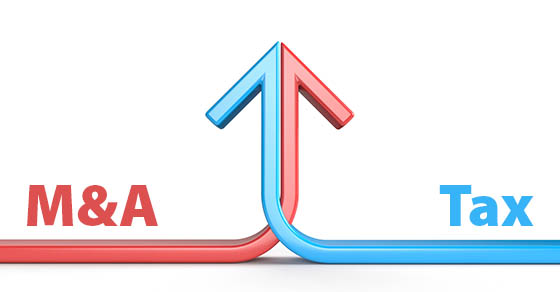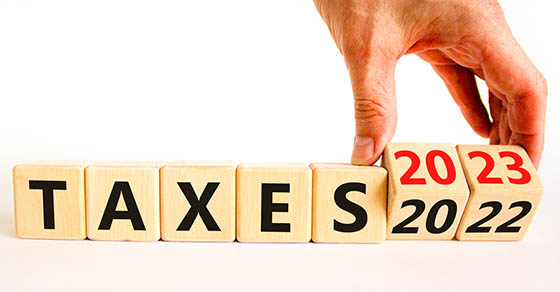Many people began working from home during the COVID-19 pandemic — and many still work from their home offices either all the time or on a hybrid basis. If you’re self-employed and run your business from home or perform certain functions there, you might be able to claim deductions for home office expenses against your business income. There are two methods for claiming this tax break: the actual expense method and the simplified method.
How to qualify
In general, you qualify for home office deductions if part of your home is used “regularly and exclusively” as your principal place of business.
If your home isn’t your principal place of business, you may still be able to deduct home office expenses if:
- You physically meet with patients, clients or customers on your premises, or
- You use a storage area in your home (or a separate free-standing structure, such as a garage) exclusively and regularly for business.
Expenses you can deduct
Many eligible taxpayers deduct actual expenses when they claim home office deductions. Deductible home office expenses may include:
- Direct expenses, such as the cost of painting and carpeting a room used exclusively for business,
- A proportionate share of indirect expenses, including mortgage interest, rent, property taxes, utilities, repairs and insurance, and
- Depreciation.
But keeping track of actual expenses can take time and it requires organized recordkeeping.
The simpler method
Fortunately, there’s a simplified method: You can deduct $5 for each square foot of home office space, up to a maximum of $1,500.
The cap can make the simplified method less valuable for larger home office spaces. Even for small spaces, taxpayers may qualify for bigger deductions using the actual expense method. So, tracking your actual expenses can be worth it.
Changing methods
When claiming home office deductions, you’re not stuck with a particular method. For instance, you might choose the actual expense method on your 2022 return, use the simplified method when you file your 2023 return next year and then switch back to the actual expense method for 2024. The choice is yours.
What if I sell the home?
If you sell — at a profit — a home on which you claimed home office deductions, there may be tax implications. We can explain them to you.
Also be aware that the amount of your home office deductions is subject to limitations based on the income attributable to your use of the office. Other rules and limitations may apply. But any home office expenses that can’t be deducted because of these limitations can be carried over and deducted in later years.
Different rules for employees
Unfortunately, the Tax Cuts and Jobs Act suspended the business use of home office deductions from 2018 through 2025 for employees. Those who receive paychecks or Form W-2s aren’t eligible for deductions, even if they’re currently working from home because their employers closed their offices due to COVID-19.
We can help you determine if you’re eligible for home office deductions and how to proceed in your situation.






